For many years, black jelly has been considered the "black gold" of the border region of Lang Son, bringing in hundreds of billions of VND each year. Identifying this as a crop with high economic efficiency, the province has included black jelly in the list of key crops of the province and directed its development into a concentrated production area. However, in the past 2 years, the price of black jelly has dropped sharply, and consumption has been difficult, causing many households to lose interest, even "turning their backs" on jelly. As a result, the area and output of black jelly in the whole province have seriously decreased. How to regain the value of "black gold", improve the economic efficiency of this crop - the desire of jelly growers is also a requirement for local authorities and sectors.
Image scales to fit text
Black jelly has been grown in Lang Son province for many years and is mainly concentrated in the districts of Trang Dinh, Binh Gia, and Van Lang. There were times when 1kg of black jelly cost twice or three times more than 1kg of rice, bringing high and stable income to many farming households.
From a naturally growing tree, sparsely growing on hillsides, black jelly trees were propagated by people and planted with an increasing area every year. Gradually, black jelly became a main crop, helping people increase their income and improve their lives.
Image scales to fit text
There are no documents confirming the origin of Lang Son black jelly tree, but since the 70s of the last century, black jelly tree has been widely propagated by people from nature and developed in 3 districts: Trang Dinh, Binh Gia and Van Lang. Initially, black jelly was only grown on fields, but gradually, this crop was cultivated on rice fields and became the main crop, with economic value for the locality.
Ms. Cung Thi Hue, Na Noong village, De Tham commune, Trang Dinh district said: My family has been growing jelly for more than 20 years. At first, my family only planted a small amount, then, seeing that the black jelly tree grew and developed well, and was consumed easily, in the following years, my family maintained growing 7 sao of black jelly; the average yield reached 3 quintals/sao, if combining jelly growing with selling black jelly seeds, the yield reached about 2.5 quintals/sao.
Like Ms. Hue, Mr. Nong Van Phuc's family in Vinh Quang village, Hoa Tham commune, Binh Gia district has been growing black jelly for decades. From only using upland and stream land for cultivation, his family gradually increased the area and planted jelly on rice fields. "The whole village has more than 100 households, and at one point, almost every house grew jelly. Traders bought the jelly as soon as it was harvested, so we felt secure in maintaining the area. In the peak year, my family grew up to 8 sao of both upland and rice fields, and harvested about 2 tons of dry jelly." - Mr. Phuc shared.
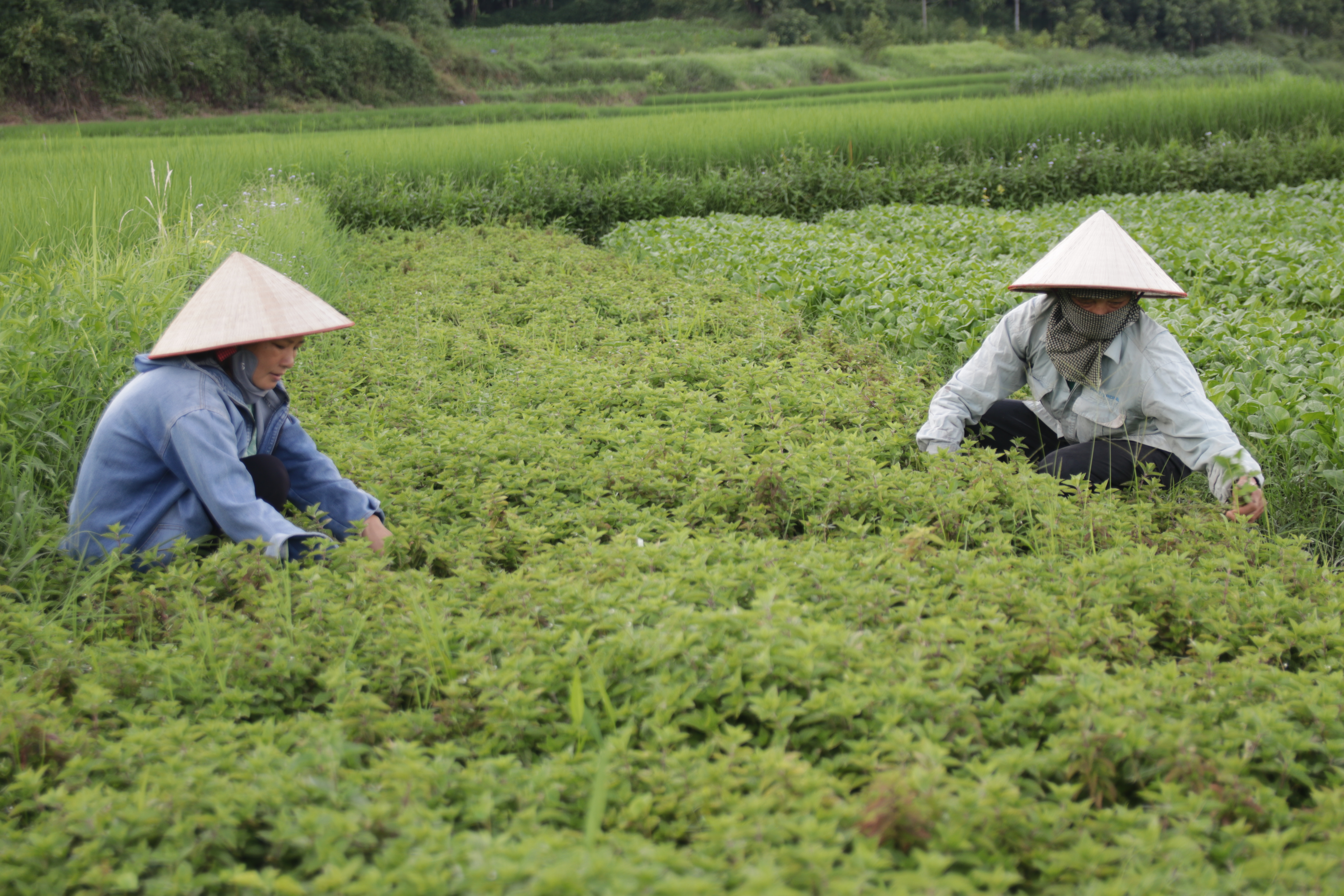
People of De Tham commune, Trang Dinh district take care of jelly seedlings.
According to the assessment of businesses and individuals buying, selling, processing and exporting black jelly, Lang Son black jelly is favored by traders because of its different quality compared to black jelly grown in other localities in the country.
In recent times, Lang Son black jelly has been consumed in various products such as dried black jelly, instant black jelly and black jelly powder. In addition to being consumed in the domestic market, Lang Son dried black jelly and black jelly powder are also exported to many countries and territories such as: China, Taiwan, Thailand, Laos, Malaysia, India, USA, Korea, etc.
Image scales to fit text
Image scales to fit text
Realizing the potential and economic value of black jelly, people in districts across the province have continuously expanded the area of black jelly cultivation. From here, Lang Son has become the locality with the largest black jelly area in the country with about 2,000 hectares/year, some years up to over 3,000 hectares.
Identifying this as one of the strong crops, bringing high economic value and needing investment and development, Lang Son province's authorities and sectors have soon focused on building a brand for black jelly products.
In 2017, the Department of Intellectual Property (Ministry of Science and Technology) granted a collective trademark certificate for Trang Dinh black jelly. In 2020, the Department of Crop Production ( Ministry of Agriculture and Rural Development ) granted a new plant variety protection certificate for Trang Dinh black jelly, Lang Son province.
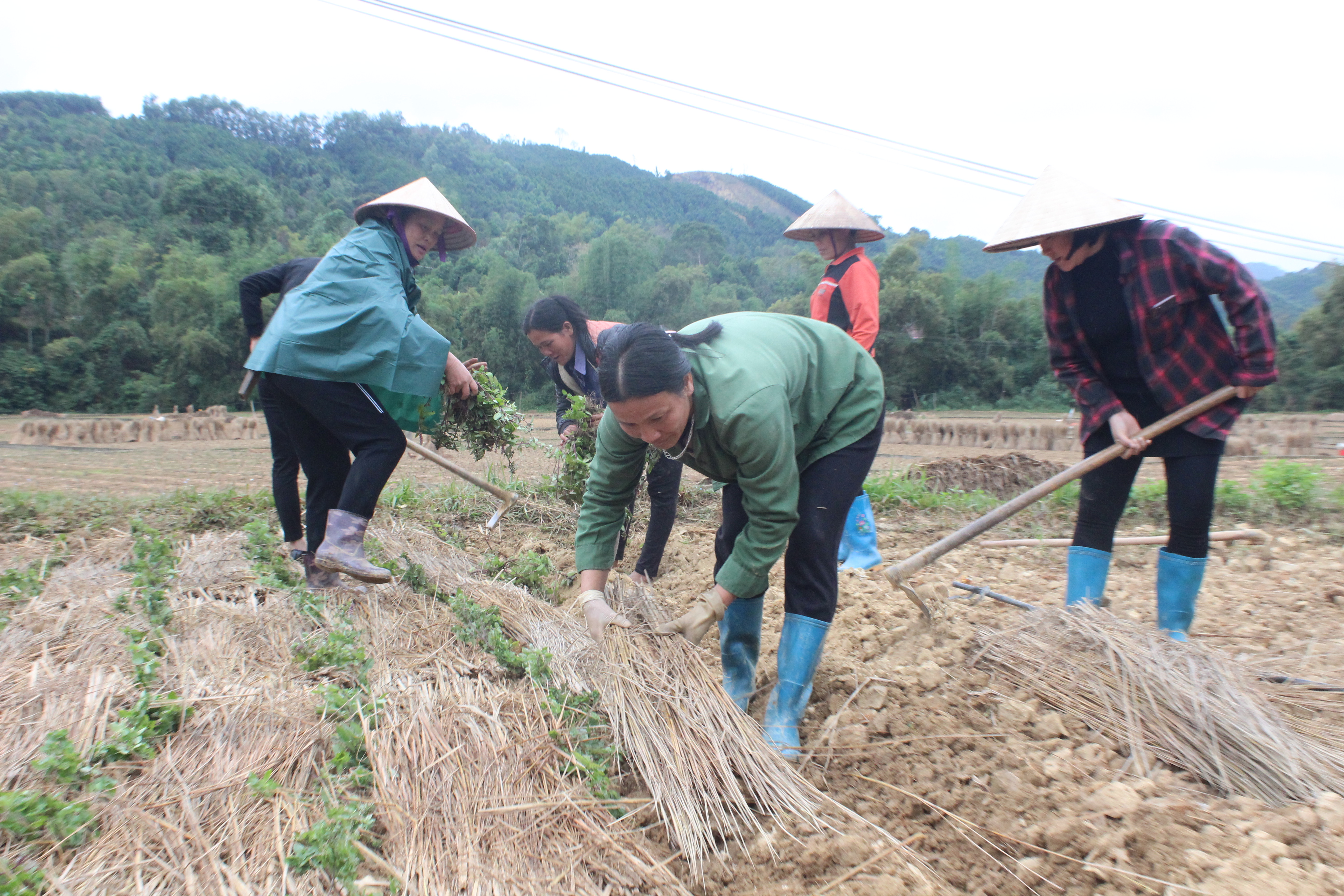
People in Tan Tien commune, Trang Dinh district grow black jelly
Black jelly has been included in the list of local key crops by the People's Committee of Lang Son province and directed to develop into a concentrated production area, increasing crop output.
Natural conditions are suitable for black jelly to grow and develop well, giving a product quality superior to black jelly from other localities; the area is adjacent to a large consumer market, China. These are important premises for Lang Son to continue promoting the development of black jelly, increasing the value of key crops and increasing income for jelly growers in the province.
Image scales to fit text
Compared to growing rice and corn, growing black jelly is more difficult but the income is much higher.
Mr. Hoang Minh Dai's family in Vinh Quang village, Hoa Tham commune, Binh Gia district has 6 members. For many generations, his family's economy has mainly depended on agricultural and forestry production, including black jelly. Every year, he grows both jelly in the fields and on the fields with an area of about 1 acre.
Before 2019, on average, Mr. Dai harvested about 2 tons of black jelly per crop. As soon as it was harvested, collectors would come to the site to buy it at a price ranging from 30,000 to 35,000 VND/kg.
“Each jelly crop, my family earns 60-70 million VND, three times higher than growing rice and corn on the same area. From growing jelly, my family has more income, improves our lives and takes care of our children's education.” – Mr. Dai shared.
Similar to Mr. Dai's family, many households in Kim Dong commune, Trang Dinh district also have a good income from growing black jelly.
Mr. Hoang Van Huan, Vice Chairman of Kim Dong Commune People's Committee, said: In recent years, black jelly has become the main crop in the commune with an average planting area of over 130 hectares/year; the peak year is up to 243 hectares. The annual black jelly output reaches about 700 tons, bringing economic value to people in Kim Dong commune from 14 to 17.5 billion VND. From growing jelly, households have stable income, in which, households that grow a lot earn about 50 - 70 million VND/crop, much better than growing corn and rice.
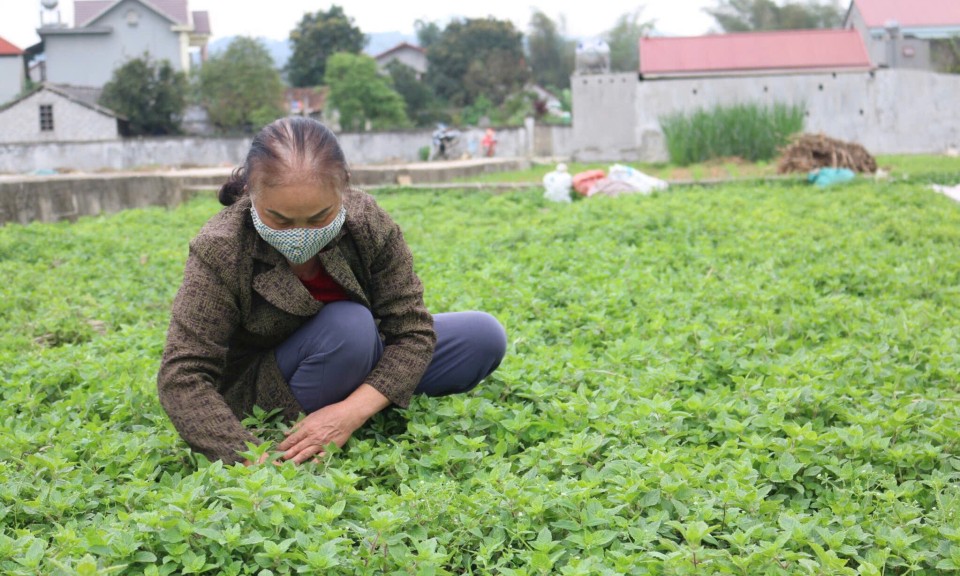
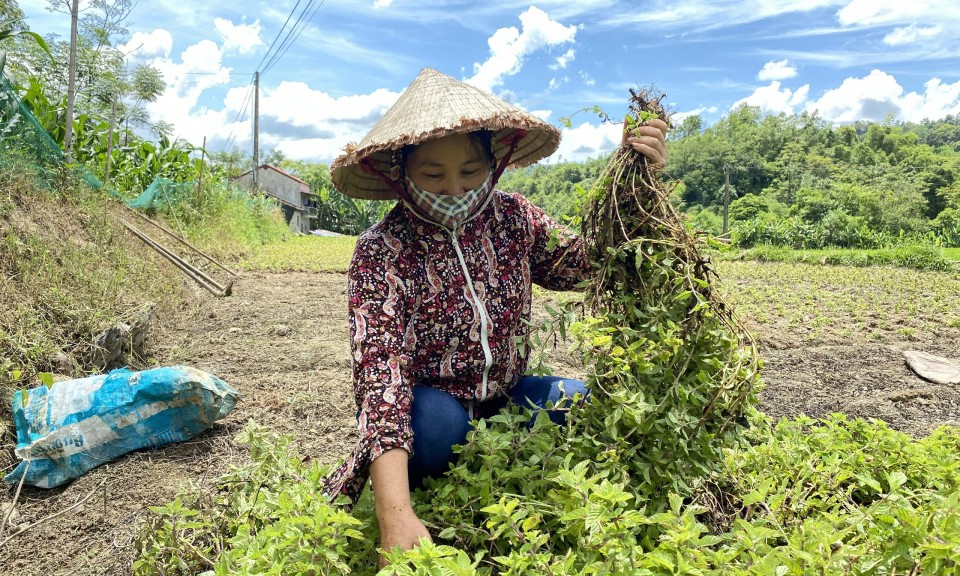
Left photo: People of De Tham commune, Trang Dinh district take care of black heather plants in the fields.
Right photo: Farmers in Hoa Tham commune, Binh Gia district harvest black jelly.
According to data from the Department of Agriculture and Rural Development, from 2019 onwards, the area of black jelly cultivation in the province fluctuated from 1,900 to 2,000 hectares/year; the output reached over 10,000 tons, bringing in a value of about 200 billion VND/year.
At that time, the consumption of black jelly was quite favorable, the amount of jelly after harvest was purchased by businesses and traders for domestic consumption and mostly exported to the Chinese market.
Mr. Nguyen Van Kinh, Director of Hai Binh Agricultural Products One Member Co., Ltd., De Tham Commune, Trang Dinh District, said: For many years, the company has been purchasing and packaging agricultural products for export to the Chinese market, mainly black jelly. On average, each year, the company purchases about 4,000 - 5,000 tons of dry jelly for farmers. The purchase price depends on the time, but on average, it is from 17 to 20 thousand VND/kg of field jelly (jelly grown in the field), 30 to 35 thousand VND/kg of upland jelly (sometimes up to 40 thousand VND/kg).
Black jelly - the main specialty crop of Lang Son
Along with businesses and traders purchasing raw jelly for domestic consumption and export, recently, a number of businesses, cooperatives and households in the province have proactively invested in equipment and machinery to process instant jelly and produce black jelly powder.
Typical examples include Hong Nhung Black Jelly Cooperative, That Khe town, Trang Dinh district; Chu Hanh jelly production facility, Na Sam town, Van Lang district; Duc Quy Import-Export Production and Investment Company Limited, Kim Dong commune, Trang Dinh district...
The investment of enterprises, cooperatives and households in the production and processing of black jelly powder and instant jelly products has contributed to the consumption of black jelly by people, while further enhancing the value of black jelly trees in the province.
Image scales to fit text
Source: https://baolangson.vn/tim-lai-gia-tri-vang-den-ky-1-bau-vat-cua-nui-rung-xu-lang-5023845.html





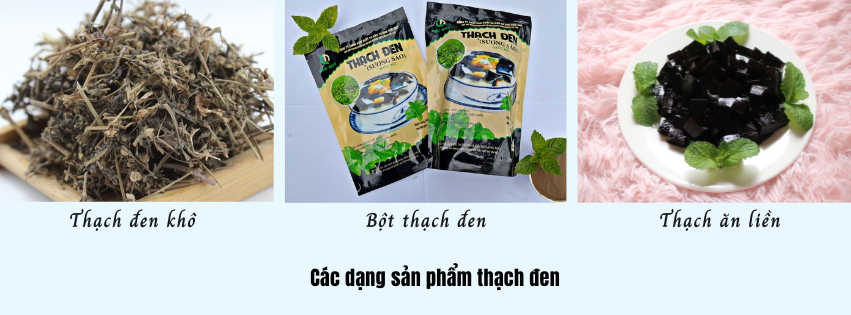












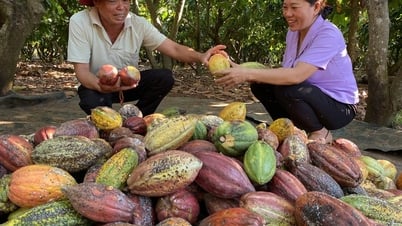









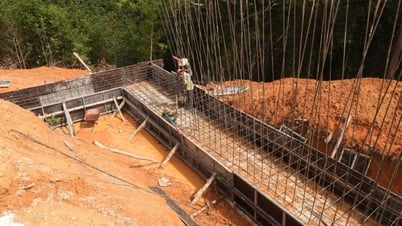


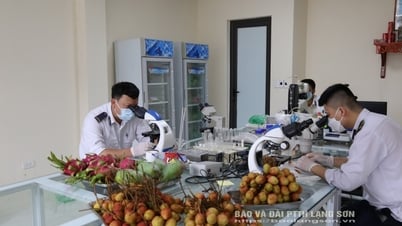








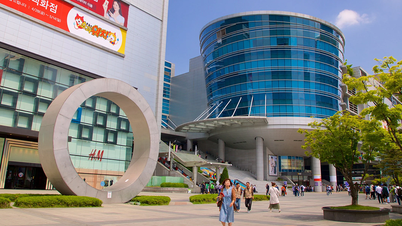





















































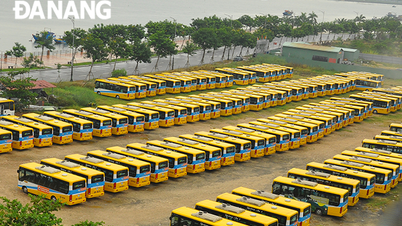

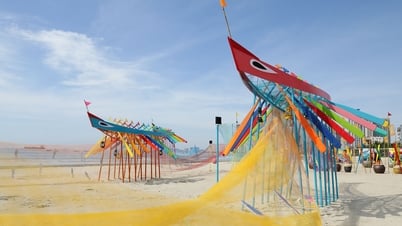


















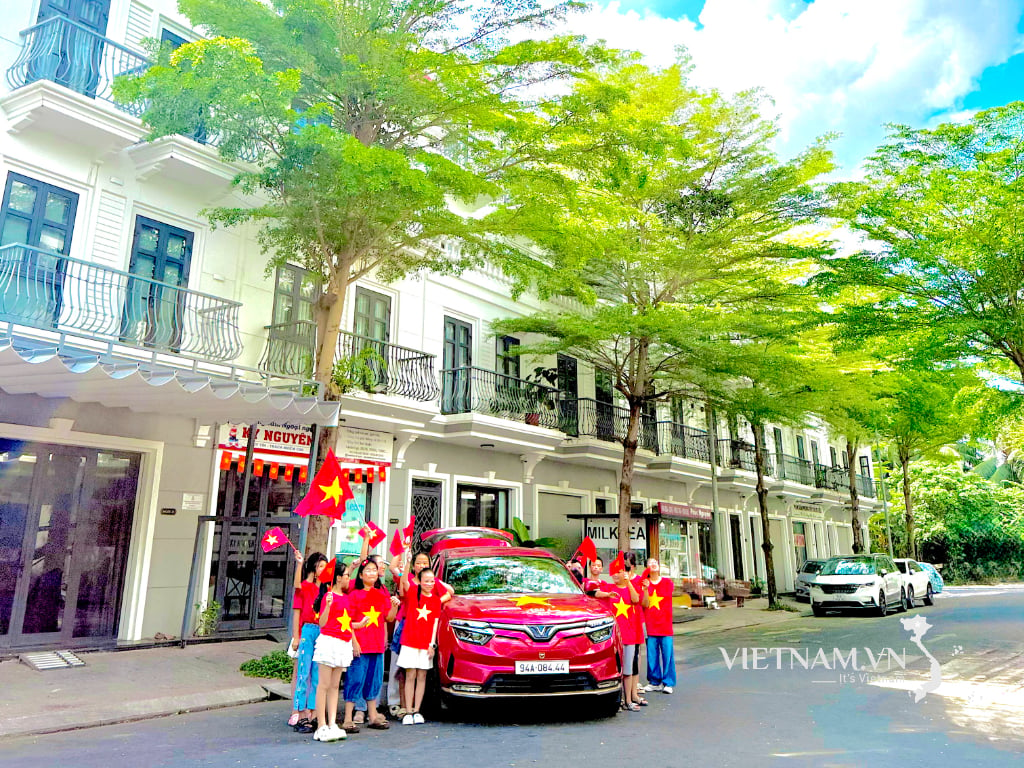

Comment (0)